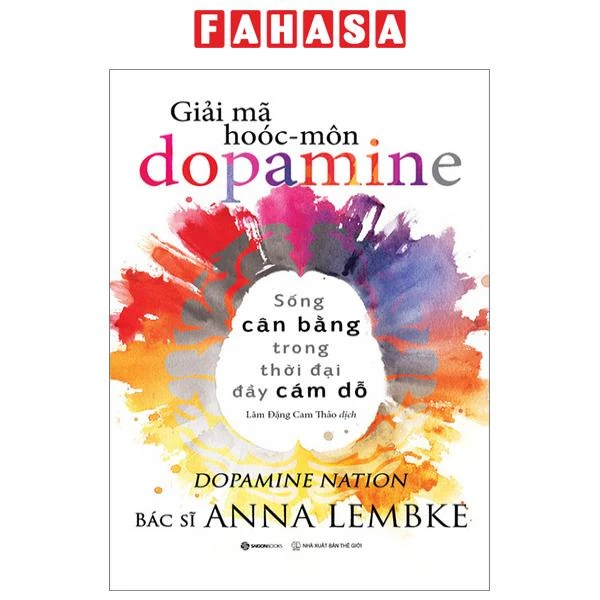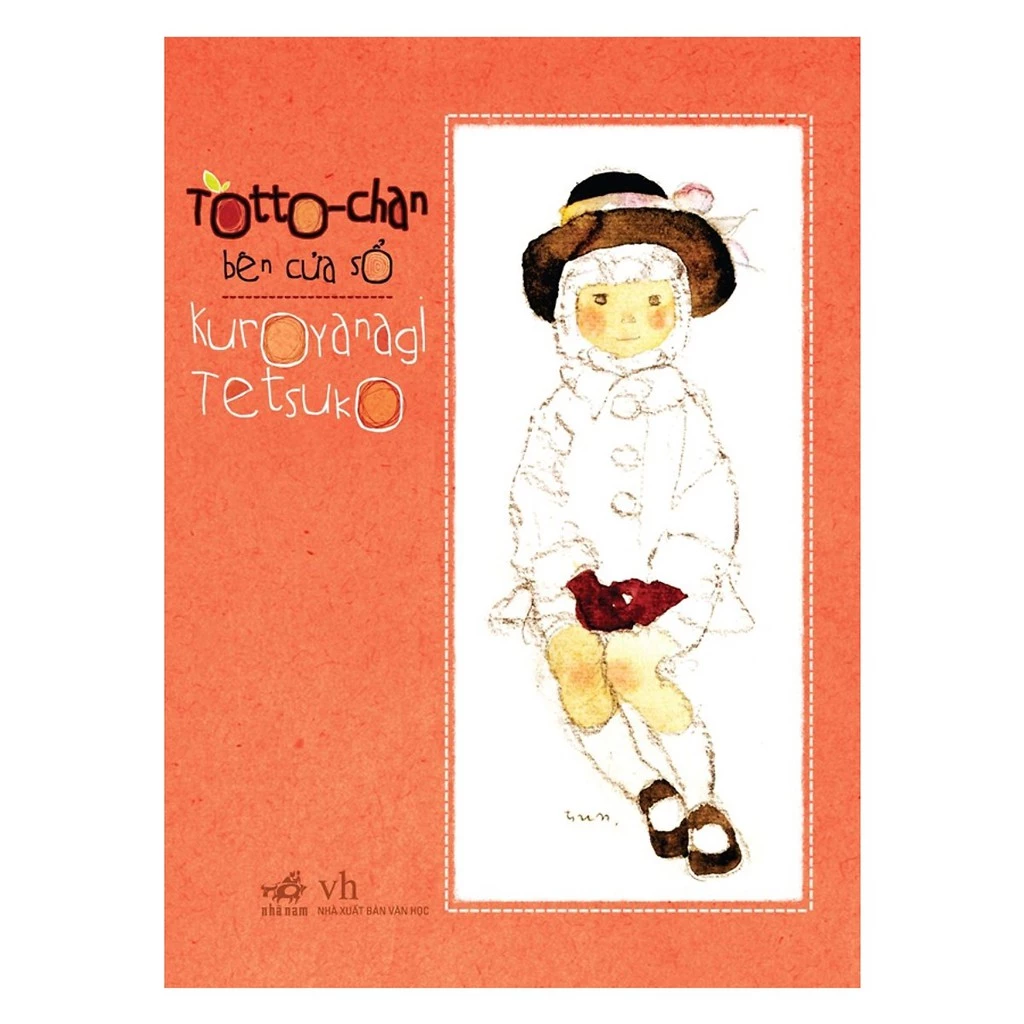Nhóm ngôn ngữ Bod
Nhóm ngôn ngữ Bod
| |
|---|---|
| Phân bố địa lý | Cao nguyên Tây Tạng |
| Phân loại ngôn ngữ học | Hán-Tạng
|
| Ngữ ngành con | |
| Glottolog: | bodi1257 |
Nhóm ngôn ngữ Bod hay ngữ chi Tạng (藏语支) được đặt tên theo tộc danh của người Tạng là Bod, là một nhóm được đề xuất bao gồm nhóm ngôn ngữ Tạng và một số ngôn ngữ thuộc ngữ hệ Hán-Tạng liên quan nói ở Tây Tạng, Bắc Ấn Độ, Nepal, Bhutan và Bắc Pakistan. Không có minh chứng rằng tất cả các ngôn ngữ này tạo thành một nhánh, đặc trưng bởi những đổi mới có chung.[1]
Shafer (1955) đặt ra thuật ngữ "Bodish" và sử dụng nó cho hai cấp phân loại khác nhau, được gọi tại đây là "tổ Bod" (Bodish section) và "nhánh Bod" (Bodish branch):[2]
| tổ Bod |
| ||||||||||||||||||||||||
Hiện tại, người ta thường chấp nhận rằng các ngôn ngữ mà Shafer đặt trong ba phân nhóm đầu tiên đều có nguồn gốc từ tiếng Tạng cổ, nên được kết hợp thành một phân nhóm (phân nhóm ngôn ngữ Tạng), với nhóm ngôn ngữ Bod Đông là nhóm chị em.[3] Các phân loại gần đây hơn bỏ qua nhóm ngôn ngữ Rgyalrong, nay thường được coi là một nhánh riêng biệt trong ngữ hệ Hán-Tạng.[4]
Bradley (1997) cũng định hình một "tổ Bod" theo nghĩa rộng, thêm các ngôn ngữ Tây Hymalaya, mà Shafer coi là chị-em của tổ Bod và kết quả là nó gần tương đương với nhóm "Tạng-Kanaur" trong các phân loại khác. Trong kiểu gộp nhóm này tổ Bod đích thực là một phân nhóm bao gồm hai nhánh, Tạng (Bod Trung tâm) và Bod Đông:[4]
| tổ Bod nghĩa rộng |
| |||||||||||||||||||||
Nhóm ngôn ngữ Bod Đông là một trong những nhánh ít nghiên cứu nhất của ngữ hệ Hán-Tạng. Các ngôn ngữ được coi là thành viên của nhóm này bao gồm tiếng Bumthang,[5][6][7] tiếng Tshangla,[8][9] tiếng Dakpa,[10] tiếng Zhangzhung,[11] và có thể cả tiếng Zakhring.[12]
Theo Shafer, nhóm Bod Đông là nhánh nguyên thủy nhất của nhóm ngôn ngữ Bod.
Đối với các nghiên cứu ngữ pháp của các ngôn ngữ Bod Đông, có Das Gupta (1968) và Lu (2002).[13][14] Một số bài viết về tiếng Kurtöp bao gồm Hyslop (2008a, 2008b, 2009).[15][16][17]
Tham khảo
[sửa | sửa mã nguồn]- ^ Nicolas Tournadre (2014). “The Tibetic languages and their classification”. Trong Owen-Smith, Thomas; Hill, Nathan W. (biên tập). Trans-Himalayan Linguistics: Historical and Descriptive Linguistics of the Himalayan Area. De Gruyter. tr. 103–129. ISBN 978-3-11-031074-0.Quản lý CS1: postscript (liên kết) (preprint)
- ^ Robert Shafer (1955). “Classification of the Sino-Tibetan languages”. Word (Journal of the Linguistic Circle of New York). 11 (1): 94–111. doi:10.1080/00437956.1955.11659552.Quản lý CS1: postscript (liên kết)
- ^ Nathan W. Hill (2010). “Overview of Old Tibetan synchronic phonology” (PDF). Transactions of the Philological Society. 108 (2): 110–125. doi:10.1111/j.1467-968X.2010.01234.x.Quản lý CS1: postscript (liên kết)
- ^ a b Bradley, David (1997). “Tibeto-Burman languages and classification” (PDF). Trong Bradley, David (biên tập). Tibeto-Burman languages of the Himalayas. Papers in South East Asian linguistics. 14. Canberra: Pacific Linguistics. tr. 1–71. ISBN 978-0-85883-456-9.Quản lý CS1: postscript (liên kết)
- ^ Michailovsky Boyd & Martine Mazaudon, 1994. "Preliminary Notes on the Languages of the Bumthang Group (Bhutan)." Tibetan Studies: proceedings of the 6th Seminar of the International Association for Tibetan Studies. Ed. Per Kværne. Vol 2. Oslo: The Institute of Comparative Research in Human Culture. 545-557.
- ^ van Driem, George (1994). East Bodish and Proto-Tibeto-Burman morphosyntax. Trong Hajime Kitamura, Tatsuo Nishida & Yasuhiko Nagano (biên tập), 1994. Current Issues in Sino-Tibetan Linguistics. Osaka: National Museum of Ethnology.
- ^ van Driem, George (1995). Een eerste grammaticale verkenning van het Bumthang, een taal van midden-Bhutan. Leiden: Onderzoekschool CNWS.
- ^ Hoshi Michiyo, 1987. "A Sharchok Vocabulary; A Language Spoken in Eastern Bhutan: Integral Study on the Ecology, Languages and Cultures of Tibet and Himalayas". 8. Tokyo: Tokyo Research Institute for Languages and Cultures of Asia and Africa, Tokyo University of Foreign Studies (YAK).
- ^ Andvik Erik, 1999. "Tshangla Grammar: A Dissertation". University of Oregon.
- ^ van Driem, George (2001) Languages of the Himalayas: An Ethnolinguistic Handbook of the Greater Himalayan Region. Brill.
- ^ Y. Nagano & R. J. LaPolla (biên tập) New research on Zhangzhung and related Himalayan languages. Osaka, Japan. National Museum of Ethnology. 501 trang. ASIN: B0000CPHH6
- ^ Blench, Roger; Post, Mark (2011). “(De)classifying Arunachal languages: Reconstructing the evidence” (PDF). Bản gốc (PDF) lưu trữ ngày 26 tháng 5 năm 2013. Truy cập ngày 29 tháng 10 năm 2019.
- ^ Das Gupta Kamalesh, 1968. An introduction to Central Monpa. North-East Frontier Agency, 167 trang. ASIN: B0006CXTHI
- ^ Lục Thiệu Tôn (陸紹尊, Lu shao zun), 2002. 門巴語方言研究 (Menbayu fangyan yanjiu, Nghiên cứu các phương ngôn của tiếng Môn Ba). Bắc Kinh: 民族出版社 (Minzu chubanshe, Nhà xuất bản Dân tộc).
- ^ Hyslop G., (2008a). Kurtöp phonology in the context of Northeast India. Trong: Morey S., Post M. (biên tập), North East Indian Linguistics 1: Papers from the First International Conference of the North East Indian Linguistic Society. Cambridge University Press, Cambridge, pp. 3–25.
- ^ Hyslop G., (2008b). "Kurtöp and the classification of the languages of Bhutan." Trong: Proceedings from the 42nd Annual Meeting of the Chicago Linguistic Society 42, vol. 2, South Asian Linguistics, Case, Voice, and Language Coexistence. University of Chicago Press, Chicago.
- ^ Hyslop G., (2009), "Kurtöp Tone: A tonogenetic case study." Lingua 119: 827–845
![[Review Sách] Điều kỳ diệu của tiệm tạp hóa Namiya](https://down-tx-vn.img.susercontent.com/8fef976e7fdbed68de49b58b2421f741.webp) GIẢM
16%
GIẢM
16%
 GIẢM
31%
GIẢM
31%
 GIẢM
23%
GIẢM
23%
 GIẢM
50%
GIẢM
50%
 GIẢM
25%
GIẢM
25%
 GIẢM
11%
GIẢM
11%



![[Tóm tắt và đánh giá sách] Mindset - Sức mạnh của việc đổi mới tư duy](https://images.spiderum.com/sp-images/ea98b95055f511ee8b4f03a873823375.jpeg)